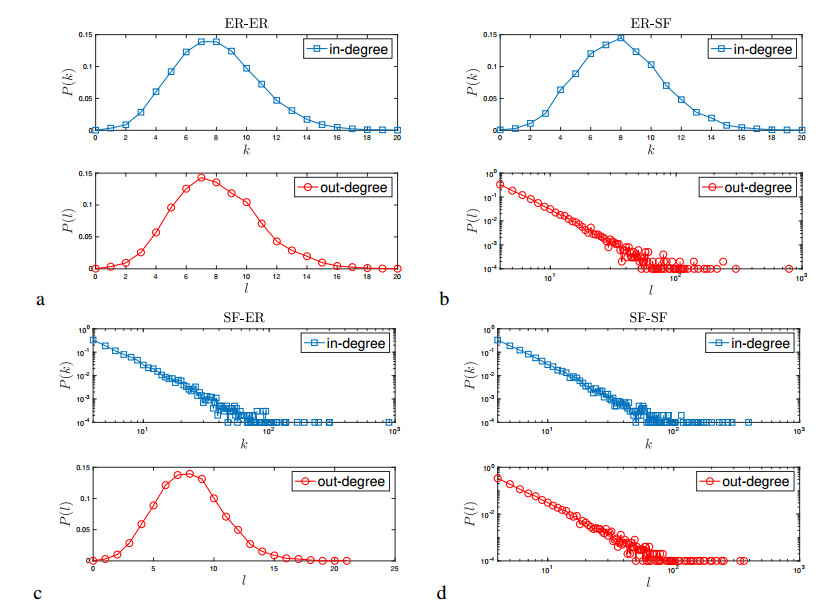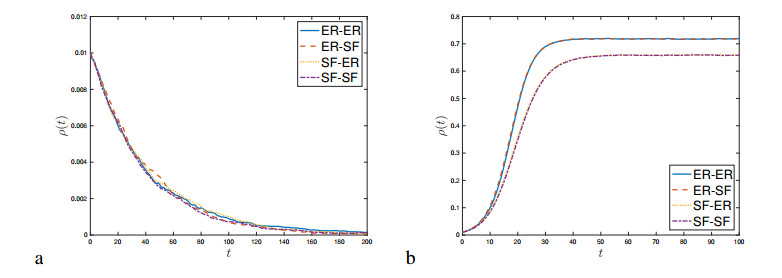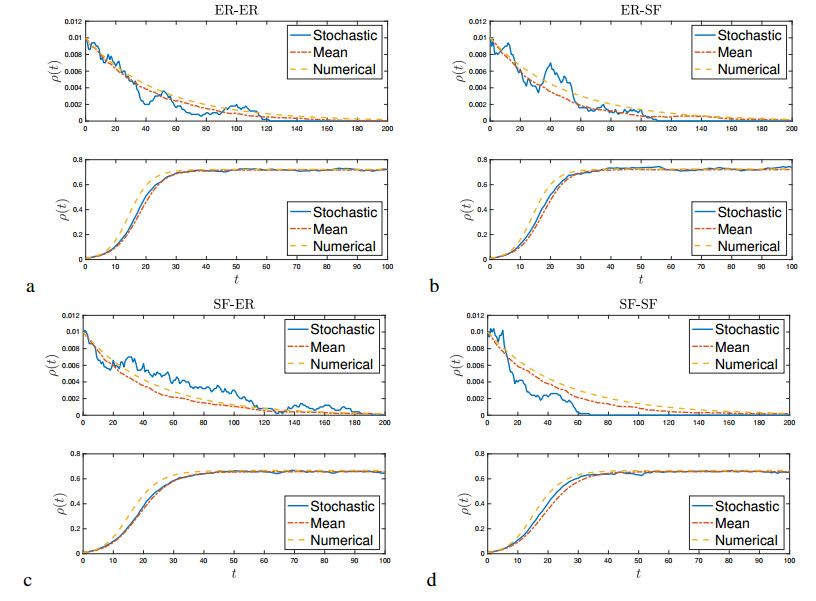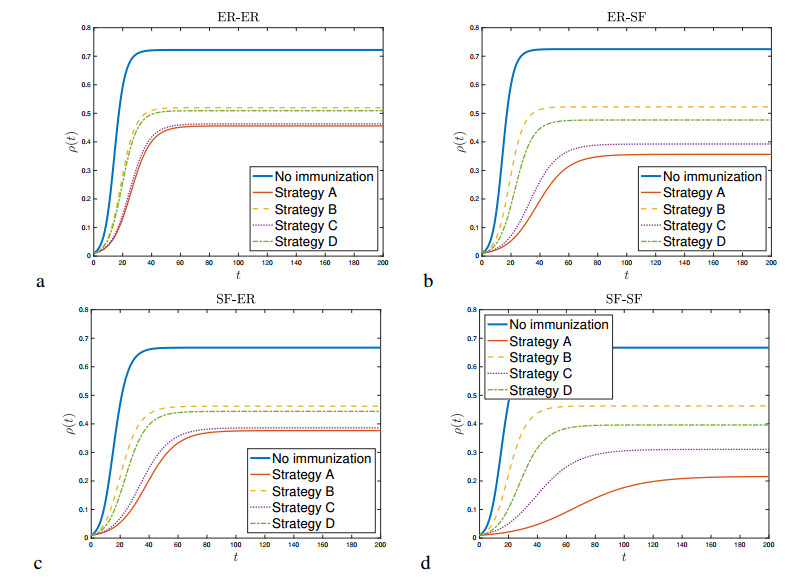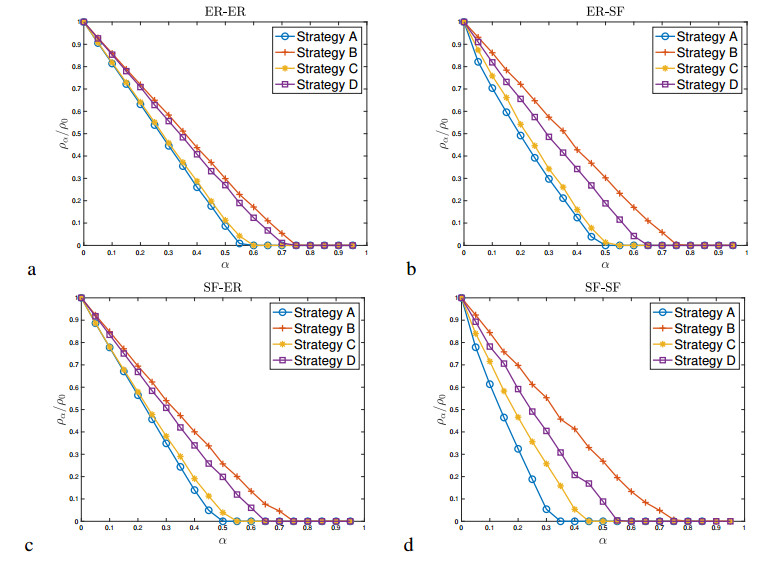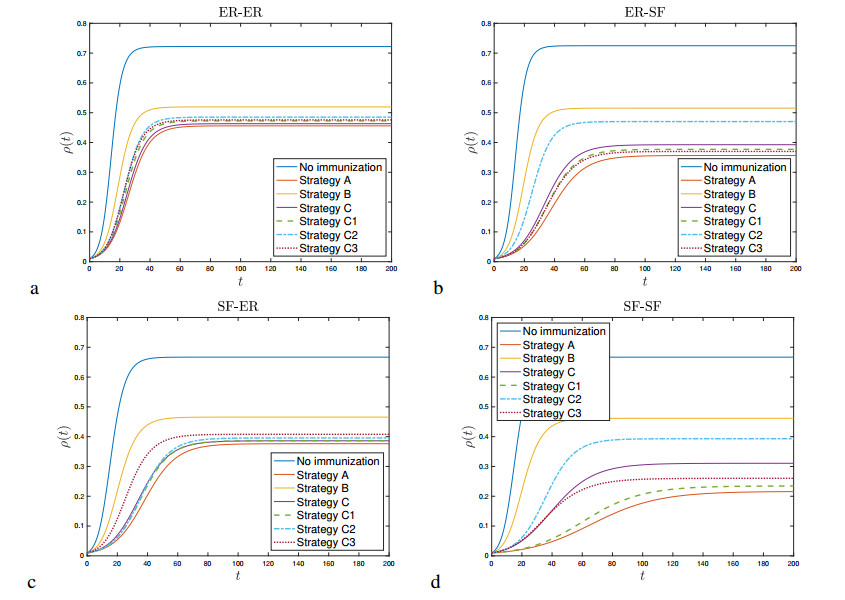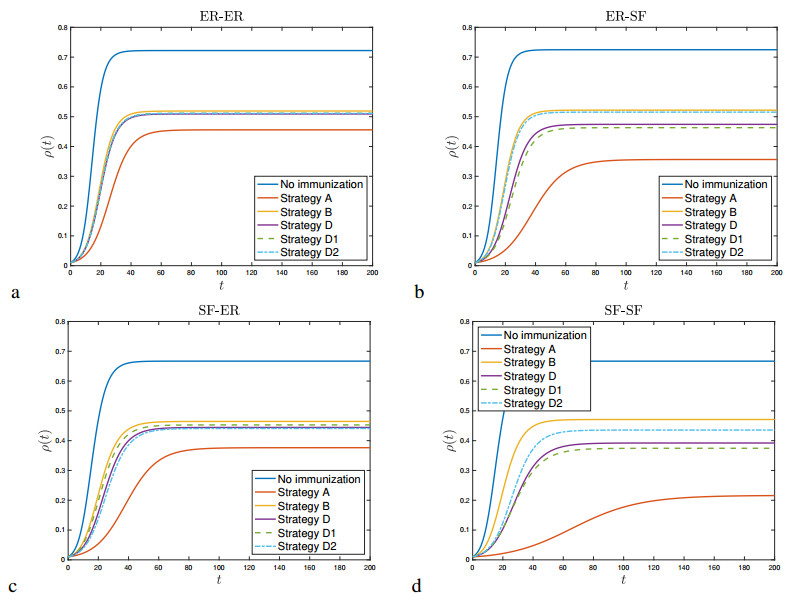|
[1]
|
M. Newman, Networks, Oxford University Press, 2018.
|
|
[2]
|
M. Faloutsos, P. Faloutsos, C. Faloutsos, On power-law relationships of the internet topology, Comput. Commun. Rev., 29 (1999), 251-262. doi: 10.1145/316194.316229

|
|
[3]
|
G. Kossinets, D. J. Watts, Empirical analysis of an evolving social network, Science, 311 (1999), 88-90.
|
|
[4]
|
D. J. Watts, S. H. Strogatz, Collective dynamics of small-world networks, Nature, 393 (1998), 440-442. doi: 10.1038/30918

|
|
[5]
|
J. Scott, Social network analysis, Sociology, 22 (1988), 109-127. doi: 10.1177/0038038588022001007

|
|
[6]
|
E. H. Davidson, D. H. Erwin, Gene regulatory networks and the evolution of animal body plans, Science, 311 (2006), 796-800. doi: 10.1126/science.1113832

|
|
[7]
|
P. Erdős, A. Rényi, On the evolution of random graphs, Publ. Math. Inst. Hung. Acad. Sci., 5 (1960), 17-60.
|
|
[8]
|
A. L. Barabási, R. Albert, Emergence of scaling in random networks, Science, 286 (1999), 509-512. doi: 10.1126/science.286.5439.509

|
|
[9]
|
M. E. J. Newman, M. Girvan, Finding and evaluating community structure in networks, Phys. Rev. E, 69 (2004), 026113. doi: 10.1103/PhysRevE.69.026113

|
|
[10]
|
A. Clauset, M. E. J. Newman, C. Moore, Finding community structure in very large networks, Phys. Rev. E, 70 (2004), 066111. doi: 10.1103/PhysRevE.70.066111

|
|
[11]
|
S. Fortunato, Community detection in graphs, Phys. Rep., 486 (2010), 75-174. doi: 10.1016/j.physrep.2009.11.002

|
|
[12]
|
H. Cherifi, G. Palla, B. K. Szymanski, X. Lu, On community structure in complex networks: Challenges and opportunities, Appl. Network Sci., 4 (2019), 1-35. doi: 10.1007/s41109-018-0108-x

|
|
[13]
|
A. Clauset, C. Moore, M. E. J. Newman, Hierarchical structure and the prediction of missing links in networks, Nature, 453 (2008), 98-101. doi: 10.1038/nature06830

|
|
[14]
|
R. Pastor-Satorras, A. Vespignani, Epidemic spreading in scale-free networks, Phys. Rev. Lett., 86 (2001), 3200. doi: 10.1103/PhysRevLett.86.3200

|
|
[15]
|
X. Fu, M. Small, G. Chen, Propagation Dynamics on Complex Networks: Models, Methods and Stability Analysis, John Wiley and Sons, 2013.
|
|
[16]
|
M. Jalili, M. Perc, Information cascades in complex networks, J. Complex Networks, 5 (2017), 665-693.
|
|
[17]
|
M. Nadini, K. Sun, E. Ubaldi, M. Starnini, A. Rizzo, N. Perra, Epidemic spreading in modular time-varying networks, Sci. Rep., 8 (2018), 1-11.
|
|
[18]
|
J. Jia, Z. Jin, X. Fu, Epidemic spread in directed interconnected networks, Commun. Nonlinear Sci. Numeri. Simul., 75 (2019), 1-13. doi: 10.1016/j.cnsns.2019.03.025

|
|
[19]
|
C. Pizzuti, A. Socievole, Epidemic spreading curing strategy over directed networks, in International Conference on Numerical Computations: Theory and Algorithms, Springer, Cham, (2020), 182-194.
|
|
[20]
|
L. Meyers, M. Newman, B. Pourbohloul, Predicting epidemics on directed contact networks, J. Theor. Biol., 240 (2006), 400-418. doi: 10.1016/j.jtbi.2005.10.004

|
|
[21]
|
X. Zhang, G. Sun, Y. Zhu, J. Ma, Z. Jin, Epidemic dynamics on semi-directed complex networks, Math. Biosci., 246 (2013), 242-251. doi: 10.1016/j.mbs.2013.10.001

|
|
[22]
|
M. Moslonka-Lefebvre, T. Harwood, M. J. Jeger, M. Pautasso, SIS along a continuum (SISc) epidemiological modelling and control of diseases on directed trade networks, Math. Biosci., 236 (2012), 44-52. doi: 10.1016/j.mbs.2012.01.004

|
|
[23]
|
D. H. Zanette, M. Kuperman, Effects of immunization in small-world epidemics, Phys. A: Stat. Mech. Appl., 309 (2002), 445-452. doi: 10.1016/S0378-4371(02)00618-0

|
|
[24]
|
R. Pastor-Satorras, A. Vespignani, Immunization of complex networks, Phys. Rev. E, 65 (2002), 036104. doi: 10.1103/PhysRevE.65.036104

|
|
[25]
|
N. Madar, T. Kalisky, R. Cohen, D. Ben-avraham, S. Havlin, Immunization and epidemic dynamics in complex networks, Eur. Phys. J. B, 38 (2004), 269-276. doi: 10.1140/epjb/e2004-00119-8

|
|
[26]
|
R. Cohen, S. Havlin, D. Ben-Avraham, Efficient immunization strategies for computer networks and populations, Phys. Rev. Lett., 91 (2003), 247901. doi: 10.1103/PhysRevLett.91.247901

|
|
[27]
|
D. Chakraborty, A. Singh, H. Cherifi, Immunization strategies based on the overlapping nodes in networks with community structure, in International Conference on Computational Social Networks, Springer, Cham, (2016), 62-73.
|
|
[28]
|
X. Fu, M. Small, D. M. Walker, H. Zhang, Epidemic dynamics on scale-free networks with piecewise linear infectivity and immunization, Phys. Rev. E, 77 (2008), 036113. doi: 10.1103/PhysRevE.77.036113

|
|
[29]
|
Y. Yang, A. McKhann, S. Chen, G. Harling, J. P. Onnela, Efficient vaccination strategies for epidemic control using network information, Epidemics, 27 (2019), 115-122. doi: 10.1016/j.epidem.2019.03.002

|
|
[30]
|
J. Jia, Z. Jin, L. Chang, X. Fu, Structural calculations and propagation modeling of growing networks based on continuous degree, Math. Biosci. Eng., 14 (2017), 1215-1232. doi: 10.3934/mbe.2017062

|
|
[31]
|
J. Joo, J. L. Lebowitz, Behavior of susceptible-infected-susceptible epidemics on heterogeneous networks with saturation, Phys. Rev. E, 69 (2004), 066105. doi: 10.1103/PhysRevE.69.066105

|
|
[32]
|
T. Zhou, J. Liu, W. Bai, G. Chen, B. Wang, Behaviors of susceptible-infected epidemics on scalefree networks with identical infectivity, Phys. Rev. E, 74 (2006), 056109. doi: 10.1103/PhysRevE.74.056109

|
|
[33]
|
C. Nowzari, V. M. Preciado, G. J. Pappas, Analysis and control of epidemics: A survey of spreading processes on complex networks, IEEE Control Syst. Mag., 36 (2016), 26-46.
|
|
[34]
|
R. Noldus, P. Van Mieghem, Assortativity in complex networks, J. Complex Networks, 3 (2015), 507-542.
|
|
[35]
|
N. Gupta, A. Singh, H. Cherifi, Community-based immunization strategies for epidemic control, in 2015 7th International Conference on Communication Systems and Networks (COMSNETS), IEEE, 2015.
|
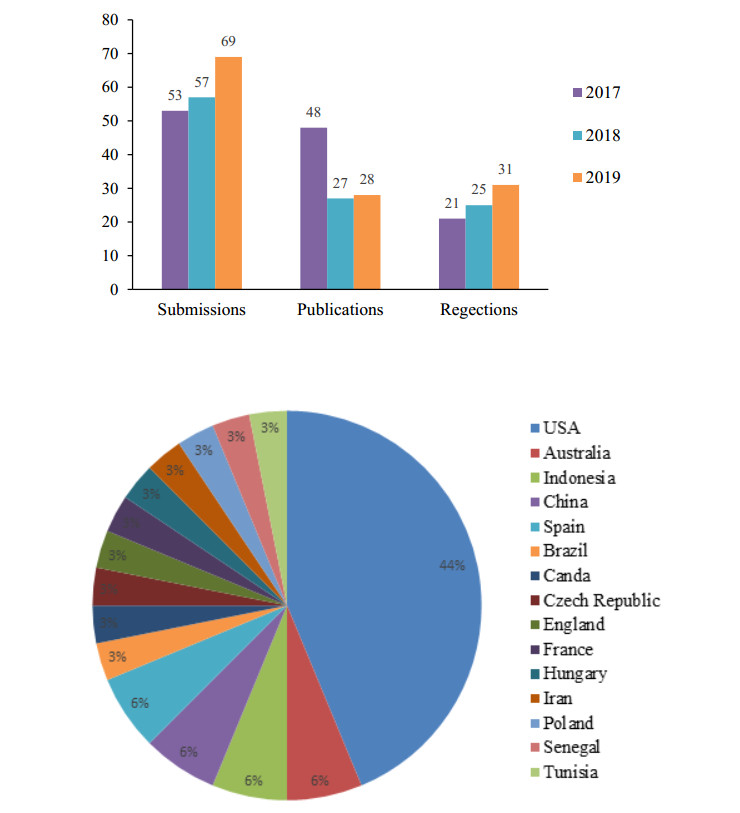









 DownLoad:
DownLoad:



